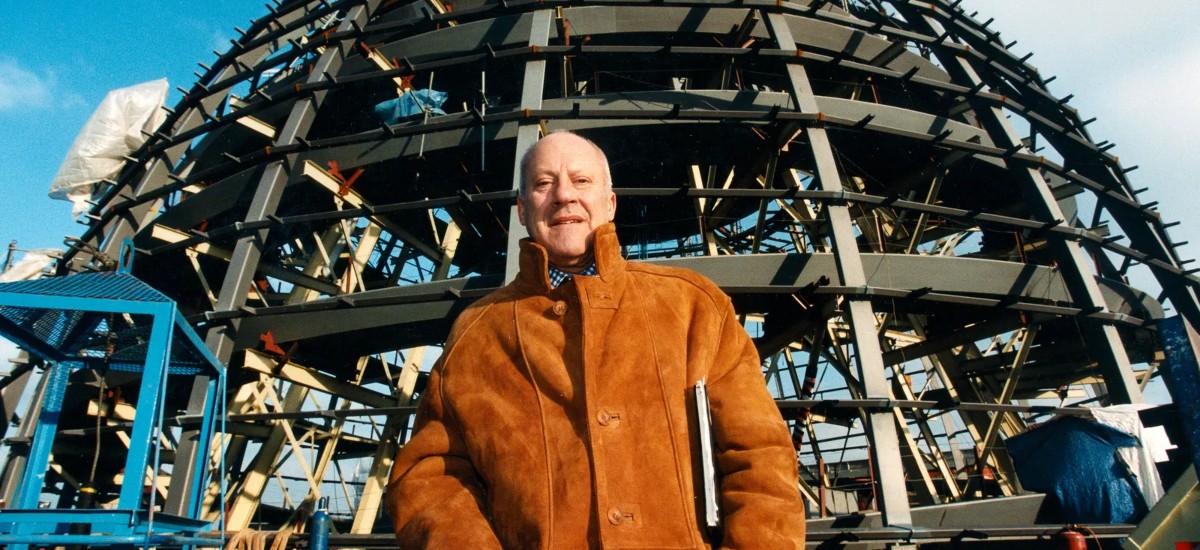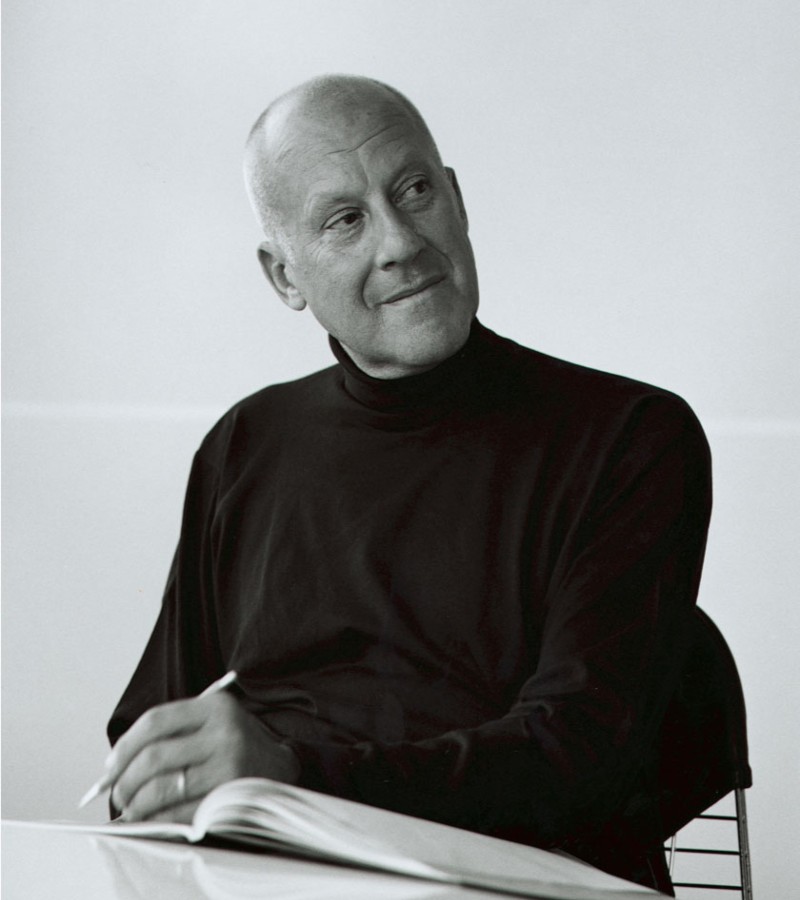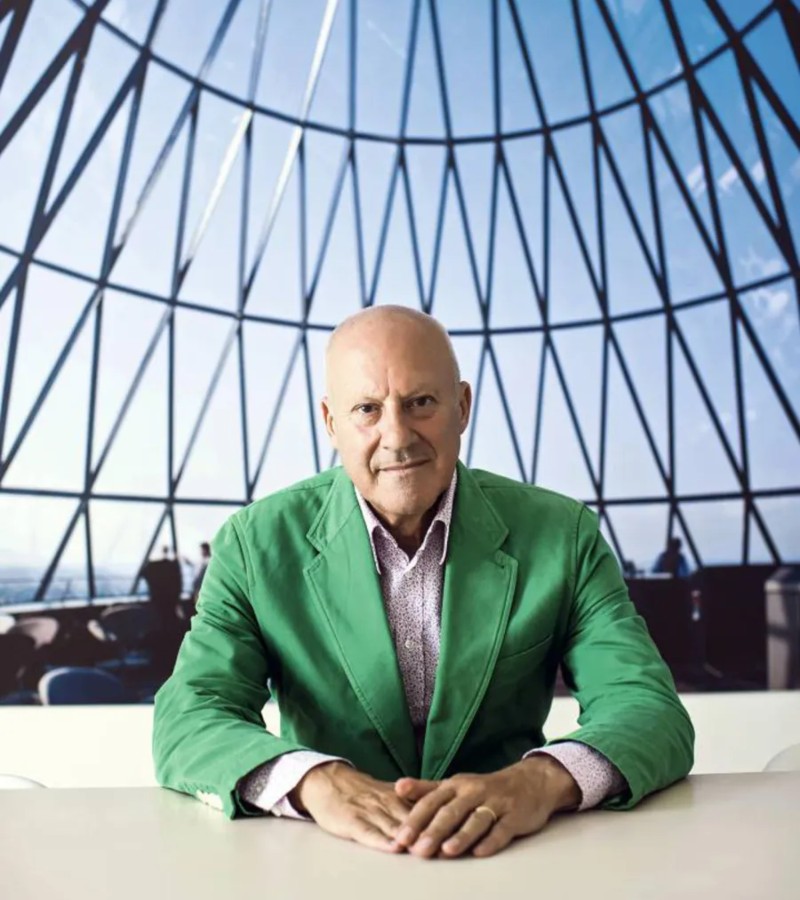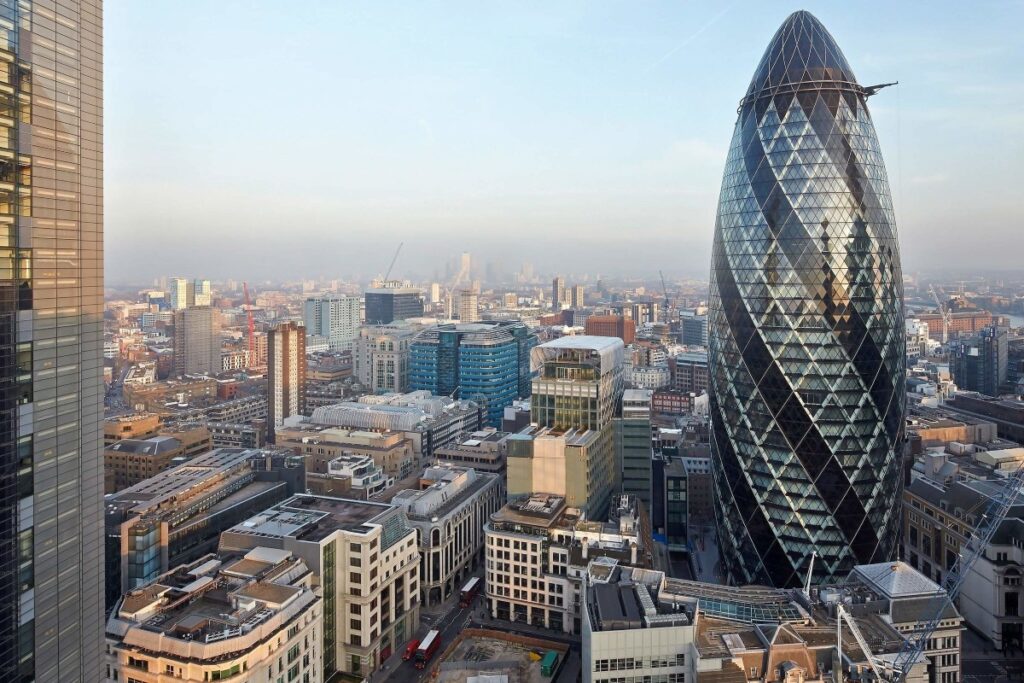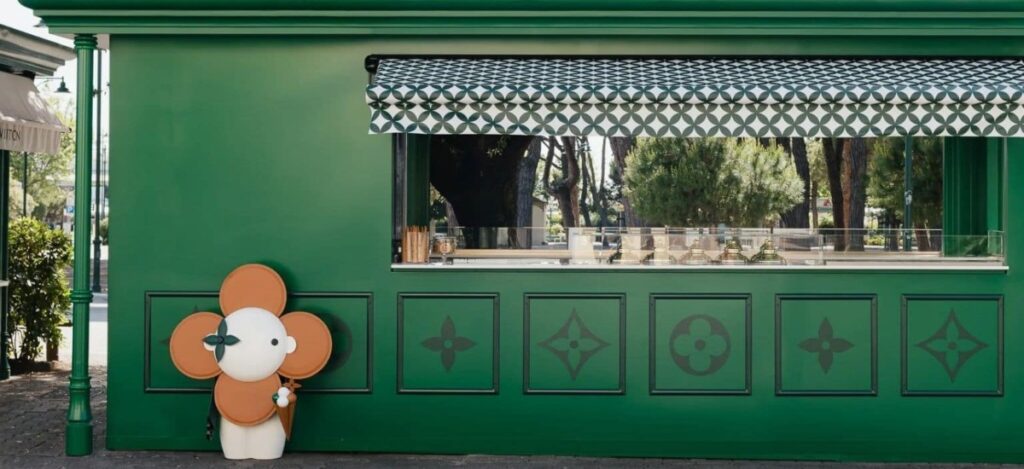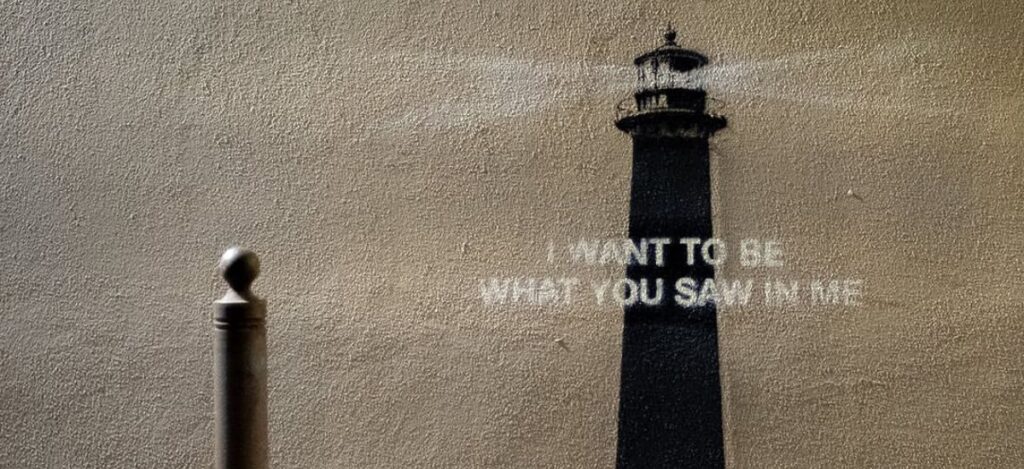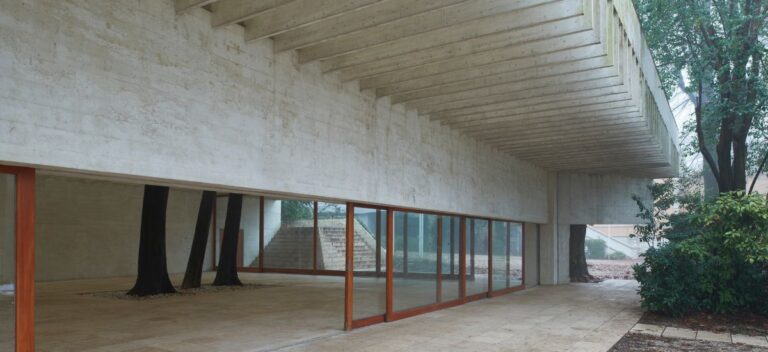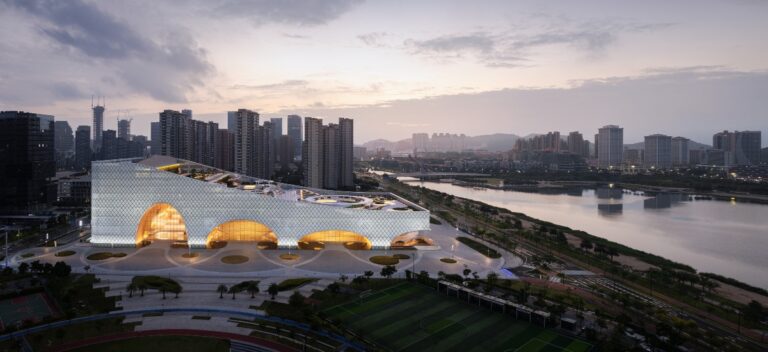As he reaches his 90th birthday on June 1, Norman Foster stands as a towering figure in modern architecture, whose work has reshaped the skylines of cities around the world.
Widely recognized for his pioneering use of high-performance materials and sustainable design, Foster has spent decades pushing the boundaries of innovation while remaining grounded in the practical needs of urban life. From sculptural skyscrapers to cutting-edge civic spaces, his projects reflect a consistent vision: fusing form, function, and environmental consciousness.

